Doing everything we can to facilitate diagnoses of complex autonomic dysfunction
Who are We?
Maitetxu A.C. Foundation is a nonprofit organization born from the desire to do everything possible in the fight toward the correct and prompt diagnosis of dysautonomias, especially those presenting with complex autonomic dysfunction.

Seeking to support patients in the fight for their diagnosis and accompanying them in their treatment
Working relentlessly to support continuing medical education of these disorders in the medical community.

But, what is Dysautonomía?
A dysautonomia is any condition or dysfunction of the
Autonomic Nervous System (ANS)
Pulse & Blood
Pressure
Breathing
The ANS is the part of the Nervous System in charge of carrying out all the functions that the body performs autonomously and not consciously.
Temperature Regulation
Digestion
Et cetera...
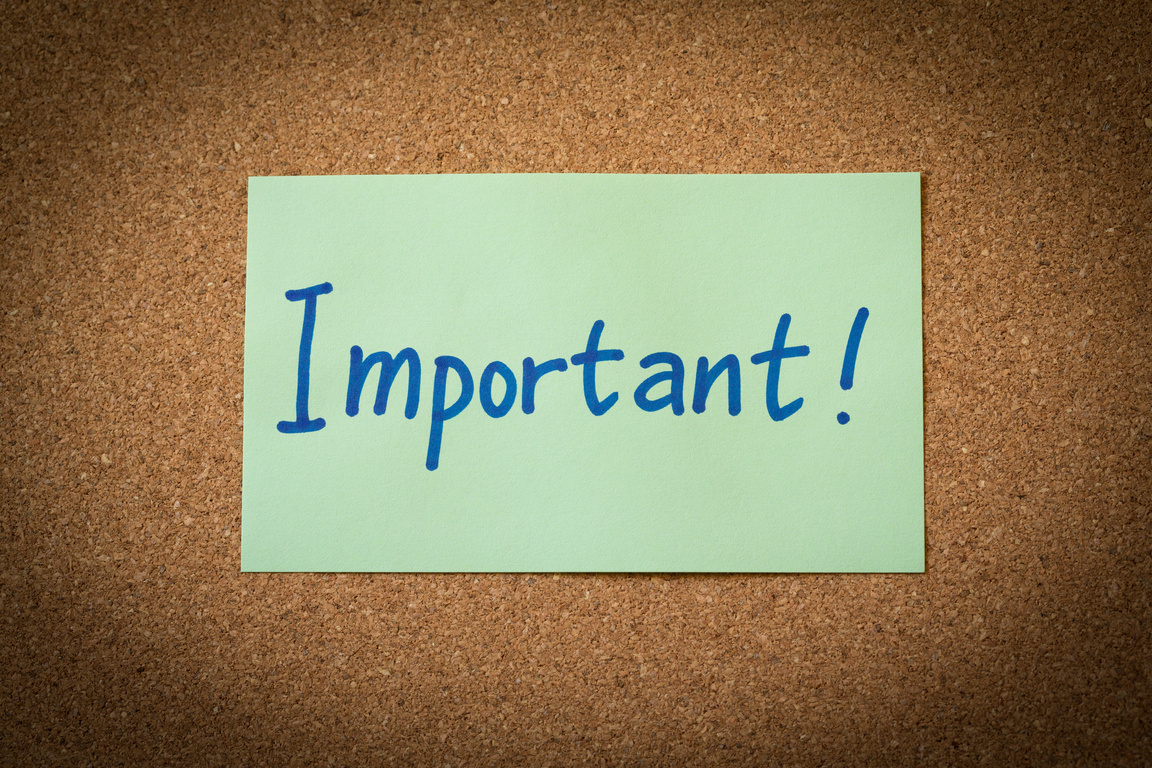
It is crucial to understand that "dysautonomía" IS NOT a diagnosis per se.
"Dysautonomia" is an umbrella term that encompasses
ANY disorder or dysfunction of the ANS.
Meaning that "Names & Last Names" matter!
Precise diagnosis of which kind of dysautonomia, and if possible, its root cause, is essential since it dictates specific treatment and management, greatly impacting the quality of life.
More about Dysautonomias...
They are classified into different syndromes or conditions according to their symptoms.
Treatment and prognosis depends on each individual case. Most cases have no cure.
Patients' quality of life can be compared to those suffering from heart failure, COPD, or receiving dialysis.
25% of patients cannot work or attend school.
In most cases the underlying cause of the dysautonomia is not known.
In many cases, patients "don't look sick". But, since multiple body functions can be affected, dysautonomia is considered an INVISIBLE DISABILITY.
Others can be completely disabling or even, in rare cases, fatal.
Some (most) dysautonomias are "benign" and can be controlled by habit/lifestyle changes. Medications are sometimes used.
What are we up against?
The average time for a patient to be diagnosed is 6 years.
Since multiple systems can be affected, patients are sometimes diagnosed with multiple independent diagnoses.
ANS disorders are rarely included in medical curricula, and if they are, they are usually seen in as little as ONE class.
83% of patients, due to looking "healthy", are referred to receive only psychological/psychiatric care.
Although there is beginning to be some medical awareness, there is still a lot of work to be done in education, knowledge, and recognition of dysautonomias.
In the United States, there are less than 100 doctors certified in ANS disorders and only 5 medical teaching centers that offer fellowships in these conditions.
Our Mission
Work for prompt, correct, precise, and specific diagnosis of dysautonomias, especially those presenting with complex autonomic dysfunction, and their comprehensive management to improve the quality of life of those who suffer from them.
Our Vision
Create a solid Mexican platform for the diagnosis and treatment of Dysautonomias.
To be great facilitators in the fight for prompt and accurate diagnosis of patients suffering from disorders of the autonomic nervous system.
Support and accompany patients in the control and comprehensive treatment of the different systemic complications they face due to these conditions.
Work tirelessly with the medical community to promote education, knowledge, and recognition of the different autonomic disorders.
Create a network of doctors who know these conditions in-depth, to facilitate their diagnosis and management.
Provide doctors of different specialties, through training, with techniques for the management, control, and treatment of the specific complications that the different dysautonomias may present.
Our Story
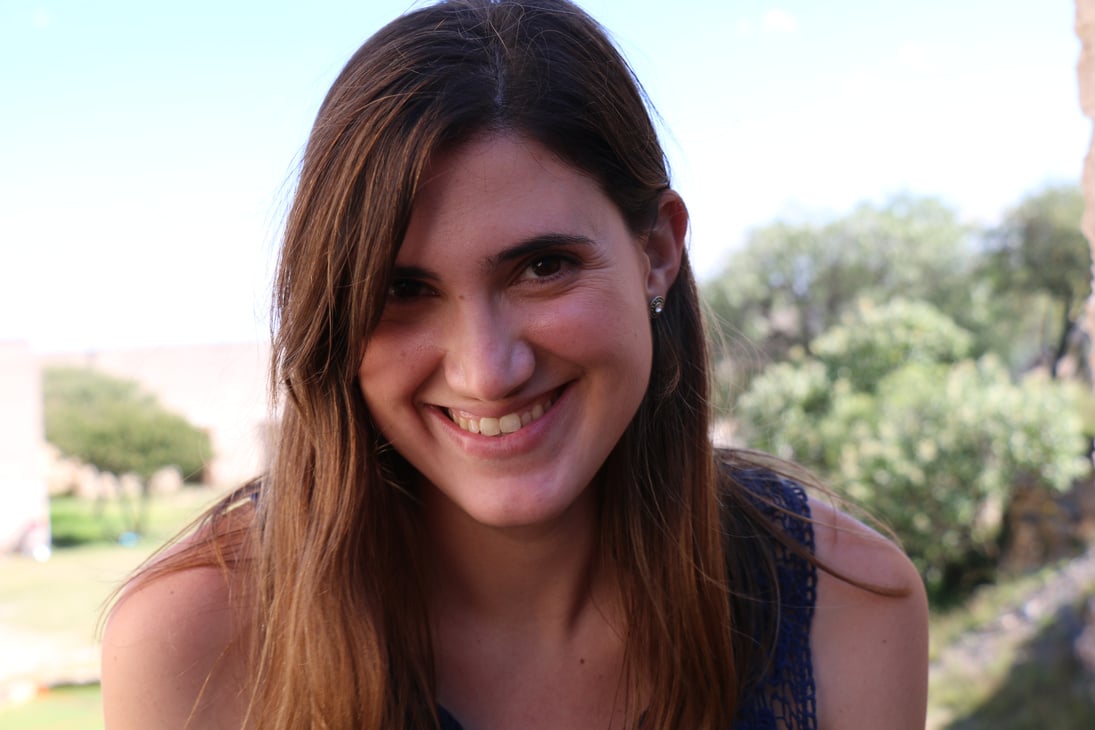
Fundación Maitetxu A.C. was born from the struggle of our family member and friend, Maite Goya, to obtain an accurate diagnosis regarding her dysautonomia.
This fight lasted for almost 20 years until she was diagnosed with an extremely rare form of epilepsy, which is the cause of her autonomic dysfunction.
Throughout her diagnosis journey, Maite tirelessly searched for the necessary tools to live her life as "normal" as possible while fighting relentlessly to find her precise diagnosis, as well as the right doctors to achieve this.
The experiences we have lived with Maite inspired us to create this foundation, as well as to define its course and cause.
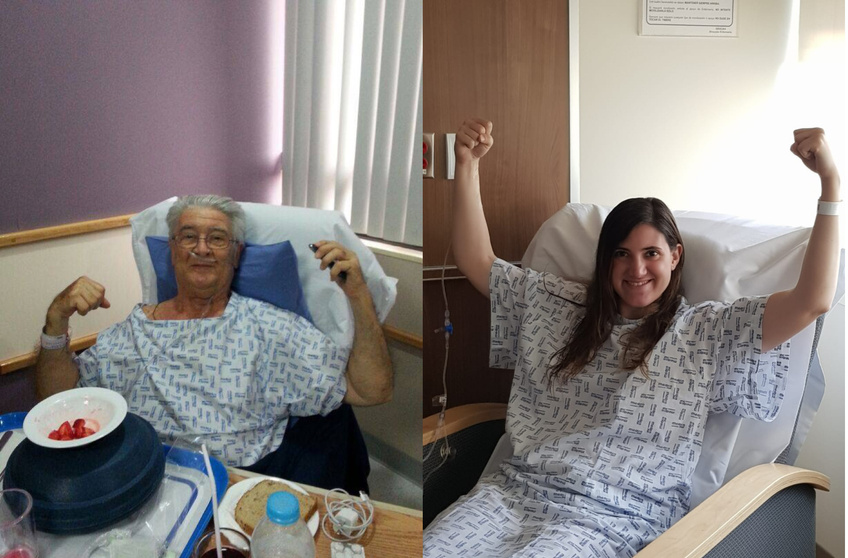
¿Why
Maitetxu?
We know it's not a common name.
It is pronounced "My-teh-choo".
For Maite, family is fundamental. But especially her grandparents, Meche and Alberto (better known as Aitatxi to her grandchildren), have been key in supporting Maite's struggle; and, for her, it was of the utmost importance for the Foundation to honor them and continue their legacy.
They affectionately call Maite, Maitetxu.
Legal Constitution and Status
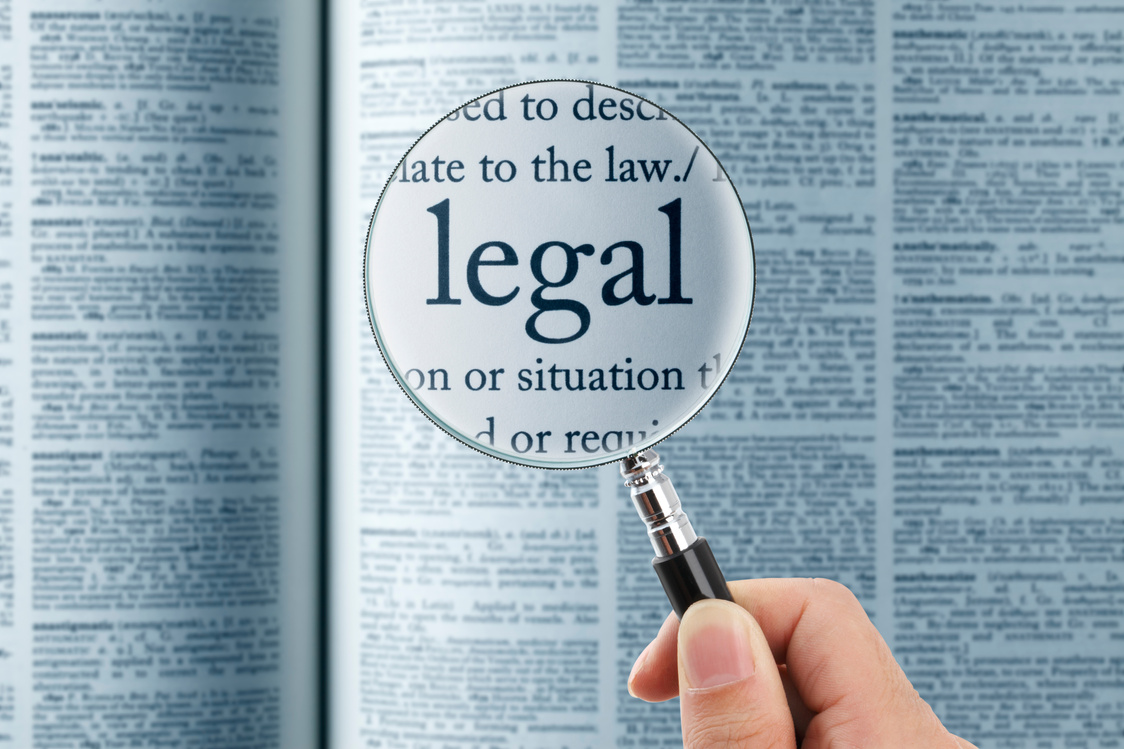
We were legally established on December 10, 2018, under the figure of Civil Association.
Fiscally, we are a non-profit legal entity.
We belong to the Federal Registry of Civil Society Organizations (RFOSC).
- CLUNI: FMA18121009N5N
We are currently working on obtaining the Certificate of Accreditation of Activities from the Commission for the Promotion of CSO Activities of the General Directorate for Welfare and Social Cohesion (formerly INDESOL).
This certificate will allow us to process the status of authorized donee.

But why did we choose to focus on continuing medical education and diagnosis?

Desperate to find Maite's diagnosis,
In 2018 we decided to attend the 6th Dysautonomia International Annual Conference.
And it turns out that there virtually was NO mention or talk of “dysautonomia” per se in the program.
The diagnosis that they had given us in 2012 did not exist as such.
The “why” of our objectives
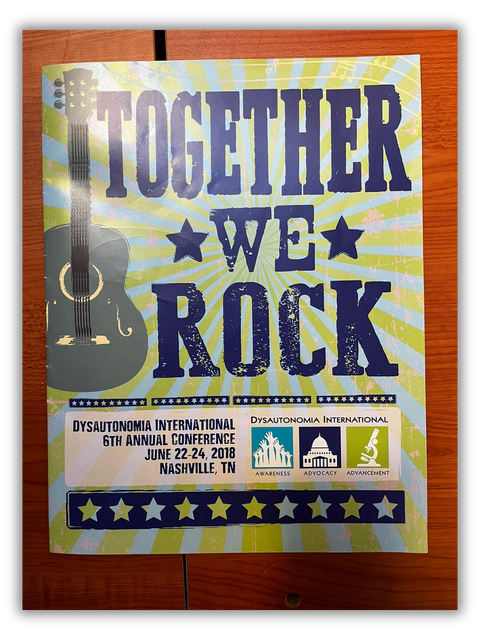
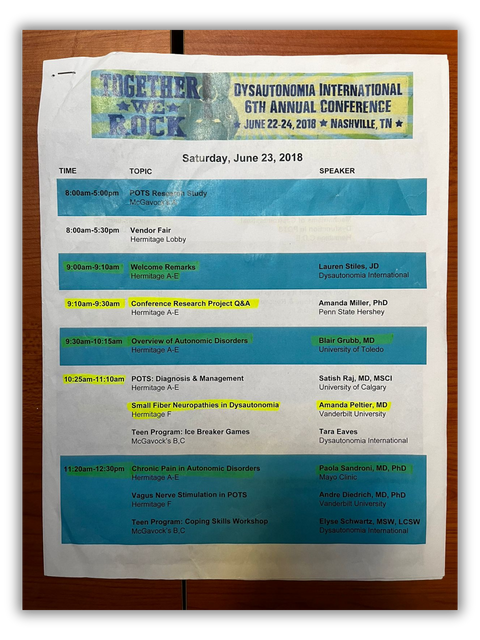
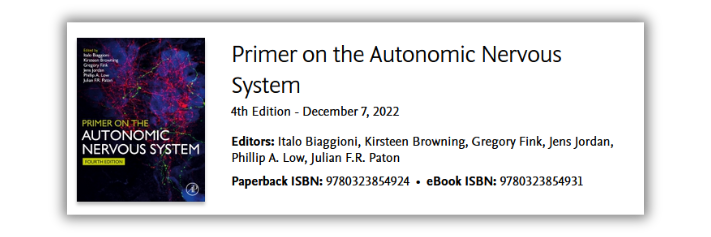
In fact, in the books, the word “dysautonomia”, as such, doesn'treally appear either.....

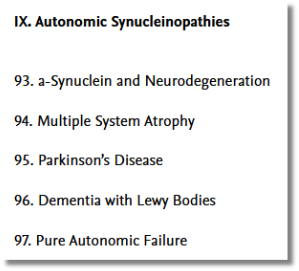
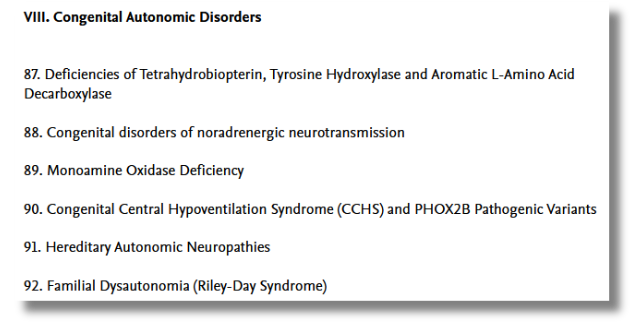
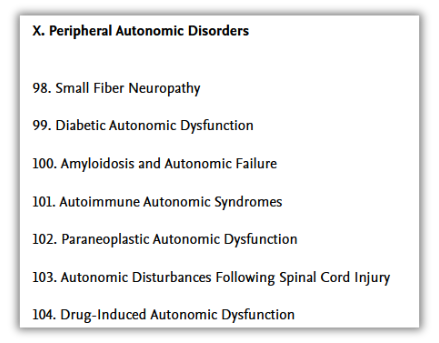
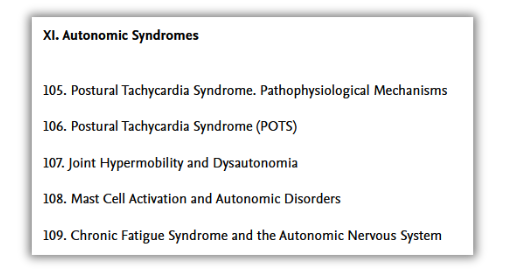
Obtained from: https://shop.elsevier.com/books/primer-on-the-autonomic-nervous-system/biaggioni/978-0-323-854924
Biaggioni, I., Browning, K., Fink, G., Jordan, J., Low, P. A., & Paton, J. F. (Eds.). (2023). Primer on the Autonomic Nervous System (4th ed.). Academic Press.
When Maite received “dysautonomia” as a diagnosis
In 2012, in Mexico, almost no doctor knew the word “dysautonomia.”
Now, they begin to be aware of it, but they tell their patients:
“You have dysautonomia”
That, alone, is the diagnosis

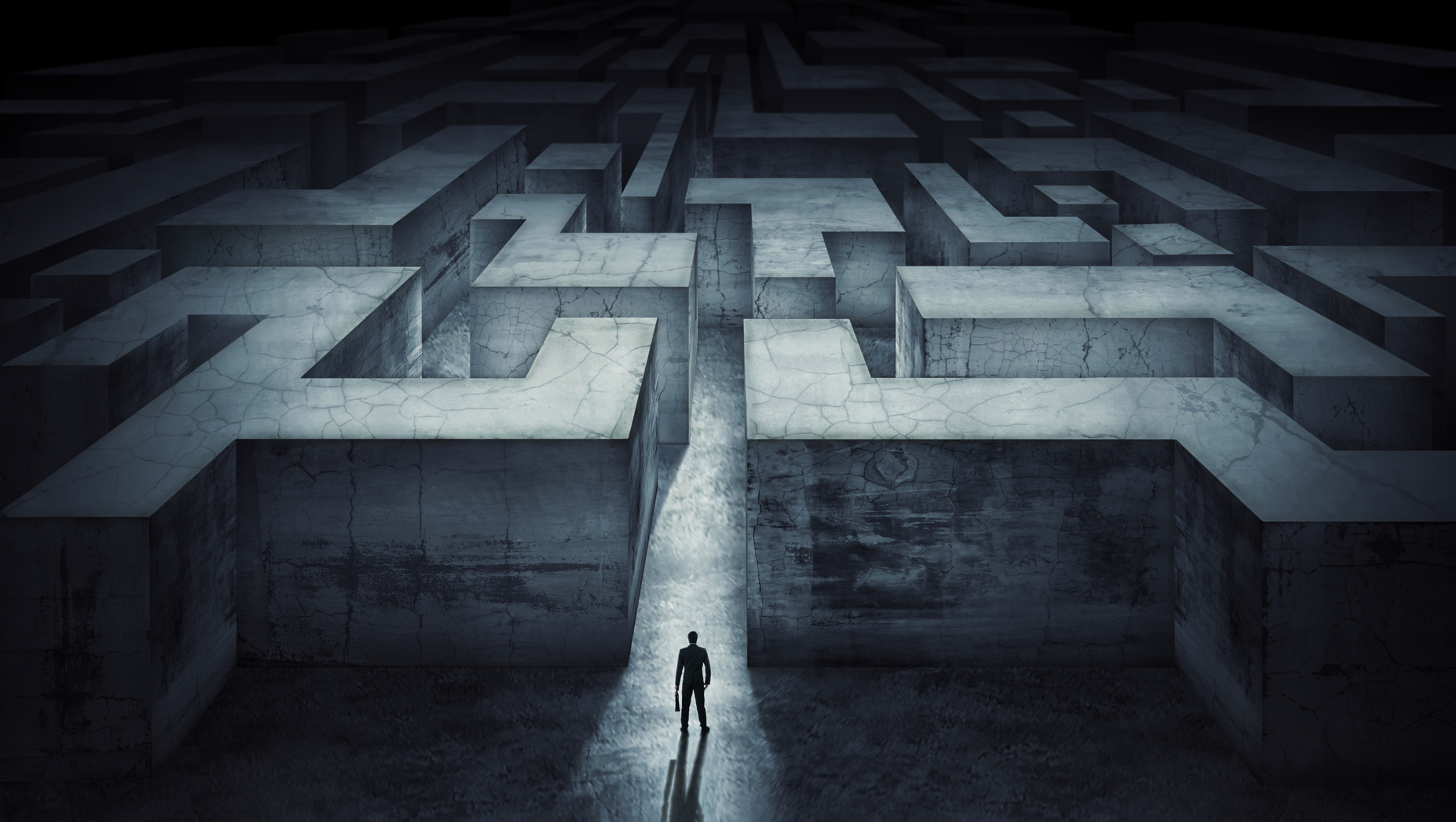
But “dysautonomia”, as such, is
NOT A DIAGNOSIS
And this is why so many patients DO NOT GET BETTER.
In addition to the fact that it is beginning to be used as a “black box” diagnosis
That is why our objectives and the guidelines of our care models are:

Continuing Medical Education
Fight for and support patients in their diagnosis
Through
CONTINUING MEDICAL EDUCATION OFFER
National and international experts and strategic alliances
Promotion of education, knowledge, and recognition of the different autonomic disorders
Which will
allow us to
Trainings:
Diagnosis, Management, Control and Treatment of ANS disorders and the specific complications they may present
CREATION OF A NETWORK OF SPECIALIZED PHYSICIANS
Correct Diagnosis & Treatment
That by referring
our patients will allow us to
meet our goal
Attention Model
Medical
Community

Patients
Free orientation where we evaluate
where we stand:
- Do you already have a diagnosis?
- Is it the final diagnosis?
- Do you need help with
a specific medical complication?
If necessary, they are referred to a doctor(s) in the specialized network:
- For the correct diagnosis
- Treatment of specific complications
Orientación sobre a qué
médico(s) de la red
referir para su diagnóstico
Walk-ins or
medical referrals
Accompaniment and support are offered:
- In search of a diagnosis
- In living day to day with a chronic disease
- "Translation" of medical terms
- Resolution of doubts
- Tips for managing their dysautonomia


Donate!
(more information below)
SHARE YOUR TALENTS!
Do you do something, have experience, or work in something that you think can help us fulfill our mission?
Join our work by contributing your talents!
info@maitetxu.com
Be part of
the Missión!
Spread the word
and
attend our events!
How to Help?
I’d like to help! (Donations)

For Bank Transfers & Deposits, please comtact us at:
info@maitetxu.com
Please contact us if...
If you are a physician and:
-You are interested in sharing your knowledge in autonomic disorders and helping us with our CME programs (webinars).
-You know a physician in Mexico that is knowledgeable in the subject and could be interested in being a part of our specialized network.
-Know of a physician in Mexico who could be interested in learning more about autonomic disorders.

doctores@maitetxu.com
If you know of a patient that would:
-Want to understand your condition
-Needs help getting a diagnosis
-Needs help with a co-morbidity
-Is looking for support and accompaniment

pacientes@maitetxu.com
-If you have any questions regarding the foundation
-Want to donate, provide any feedback, or contribute with ideas and/or talents.

info@maitetxu.com
If you want to help:
-If you have any talent or profession that you think you can share with the foundation
-If you have any ideas, proposals, and/or opportunities for fundraising

yoayudo@maitetxu.com

Contact us!

References
1) Boris, J. R. (2018). Postural orthostatic tachycardia syndrome in children and adolescents. Autonomic Neuroscience: Basic & Clinical, 215, 97–101. https://doi.org/10.1016/j.autneu.2018.05.004
2) Bryarly, M., Phillips, L. T., Fu, Q., Vernino, S., & Levine, B. D. (2019). Postural orthostatic tachycardia syndrome: JACC focus seminar. Journal of the American College of Cardiology, 73(10), 1207–1228. https://doi.org/10.1016/j.jacc.2018.11.059
3) Dysautonomia International. (28 Octubre 2018). 2018 Dysautonomia Awareness Month. 11 Diciembre 2018. Sitio web: https://goo.gl/nFdqaK
4) Gibbons, C. H., Bonyhay, I., Benson, A., Wang, N., & Freeman, R. (2013). Structural and functional small fiber abnormalities in the neuropathic postural tachycardia syndrome. PloS One, 8(12), e84716. https://doi.org/10.1371/journal.pone.0084716
5) Kelly Freeman, MSM; David S. Goldstein, MD, PhD; Charles R. Thompson, MD. (2015). The Dysautonomia Project: Understanding Autonomic Nervous System Disorders for Physicians and Patients. Sarasota, FL, EUA: Bardolf & Company.
6) Shaw, B. H., Stiles, L. E., Bourne, K., Green, E. A., Shibao, C. A., Okamoto, L. E., Garland, E. M., Gamboa, A., Diedrich, A., Raj, V., Sheldon, R. S., Biaggioni, I., Robertson, D., & Raj, S. R. (2019). The face of postural tachycardia syndrome - insights from a large cross-sectional online community-based survey. Journal of Internal Medicine, 286(4), 438–448. https://doi.org/10.1111/joim.12895
